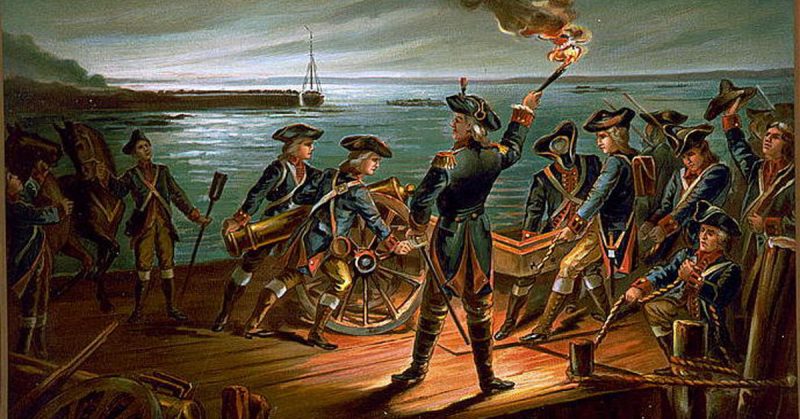In the summer of 1776, the British Monarchy sought to put a quick and decisive end to the rebellion in the American colonies. King George sent the British Navy, the most powerful military force the world had ever known, to destroy the upstart army of George Washington.
News that the colonists had officially declared independence only steeled the English resolve against the rebels, who they saw as supremely disloyal to England and the Crown.
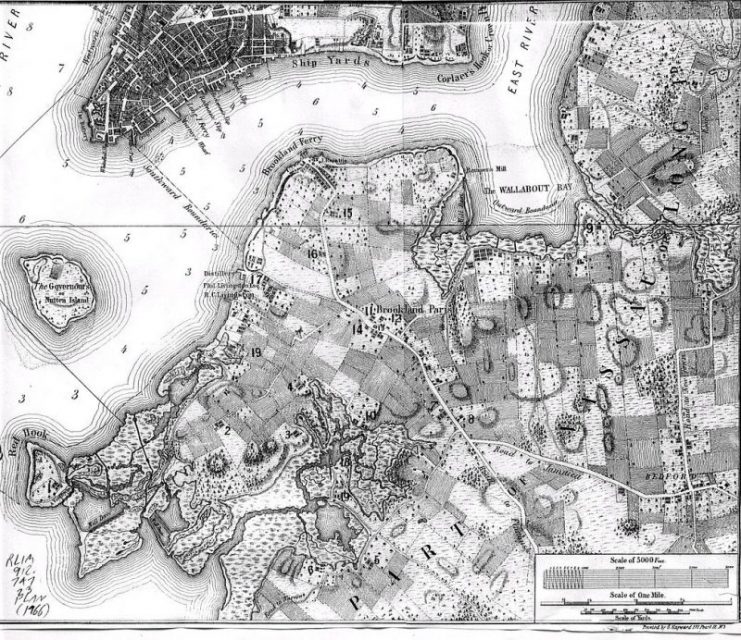
The British Arrive In New York
General William Howe was in command of the huge armada that began arriving in New York in early July. The thousands of British and Hessian troops on board found themselves welcomed by the American loyalists who were living a comfortable life and who did not side with the rebels in the fight for independence.
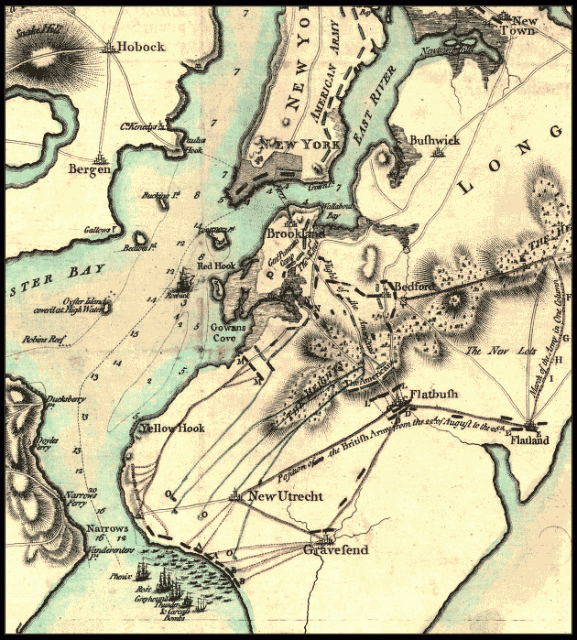
Howe’s adversary, George Washington, challenged him with an army made up of American citizens who had no formal training or experience at soldiering. Washington himself was not extremely experienced on the battlefield and many of the soldiers he depended on were sick due to disease and poor hygiene. General Howe was confident the fight against the rebels would be decisive and victory swift.
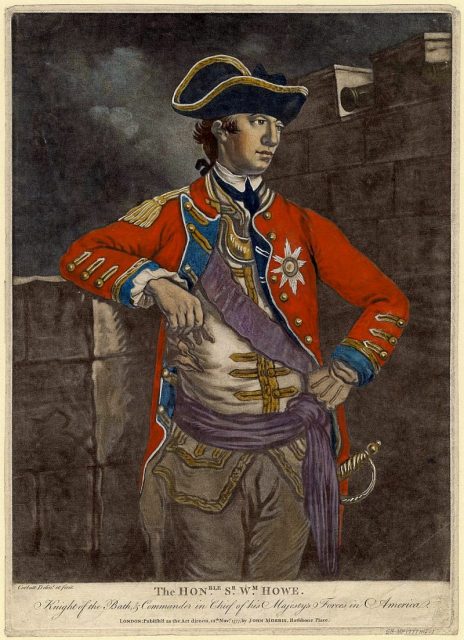
The British Buildup on Long Island
Throughout July and into August, more and more British warships sailed into American waters. While Washington was aware of the odds against him, he felt New York had to be defended against the British invasion or the Continental Army would have no credibility.
Convinced Howe’s true plan was to attack Manhattan Island, Washington split his forces, leaving about half of his 18,000 troops on Manhattan while the other half manned fortifications in Brooklyn on Long Island.
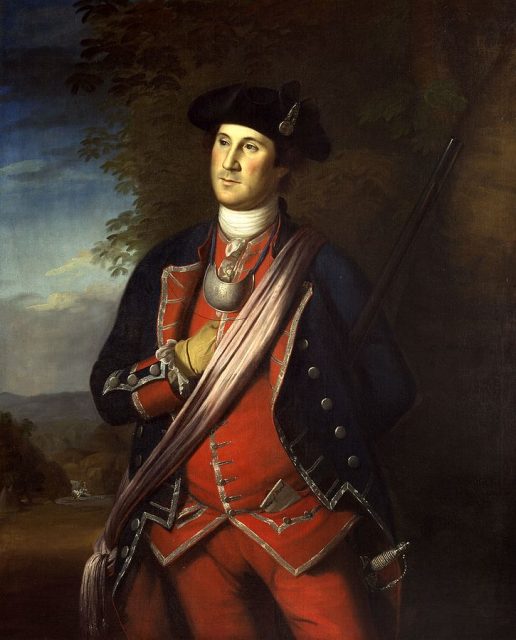
The buildup of British forces arriving by ship continued until Howe had over 20,000 troops at his command. On August 22, the English invaders stormed the beaches of Long Island uncontested by Washington’s army. There they established a huge encampment where Washington was able to observe them during an inspection visit he made of his own troop fortifications in the Brooklyn heights four days later.
Washington was appalled to find his forward lines unguarded and reprimanded his general, Israel Putnam, for the overall lack of discipline displayed by the troops. Things did not bode well for the Continental Army.
The Battle of Long Island
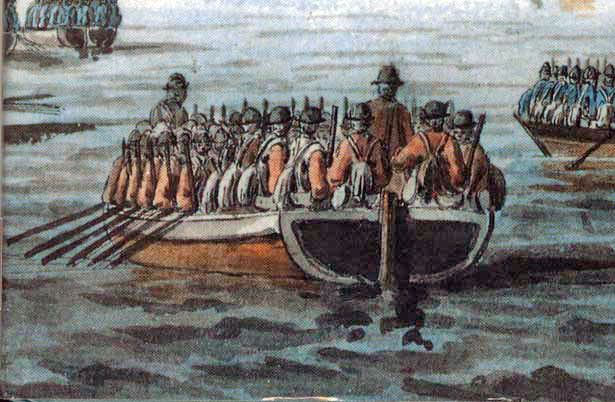
Washington’s misgivings about the readiness of his men were confirmed when General Howe, employing a plan devised by General Henry Clinton, attacked the American army’s positions in Brooklyn under cover of darkness during the early morning hours of August 27.
The British General James Grant attacked the Americans on their right flank while the Hessian General von Hiester fired his artillery at the center of the American lines. At daybreak, the remainder of Howe’s soldiers caught the Americans off guard by attacking from the rear. The Hessians charged forward and the inexperienced Continental Army, having to deal with highly trained, professional soldiers, was routed into a disorganized retreat.
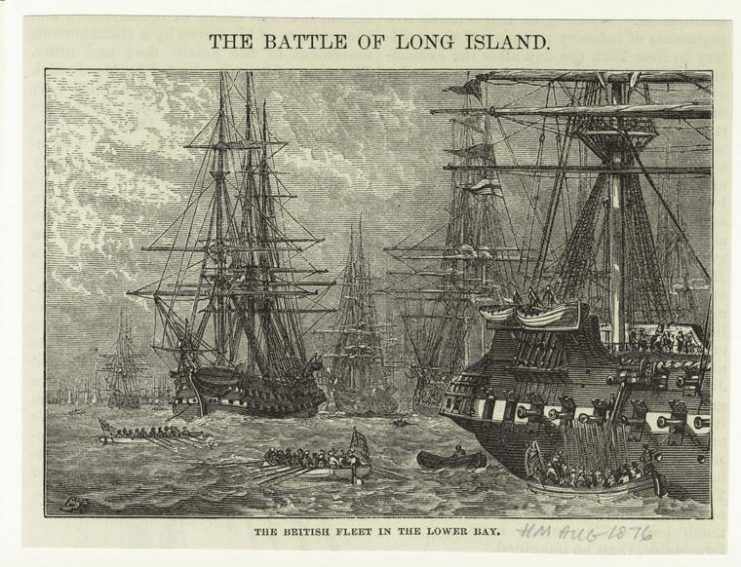
It was only after hearing about the early morning British attack that Washington sent his troops stationed on Manhattan Island to reinforce those on Long Island. But it was too late. Washington and his army had suffered a terrible defeat in a battle that had lasted about six hours.
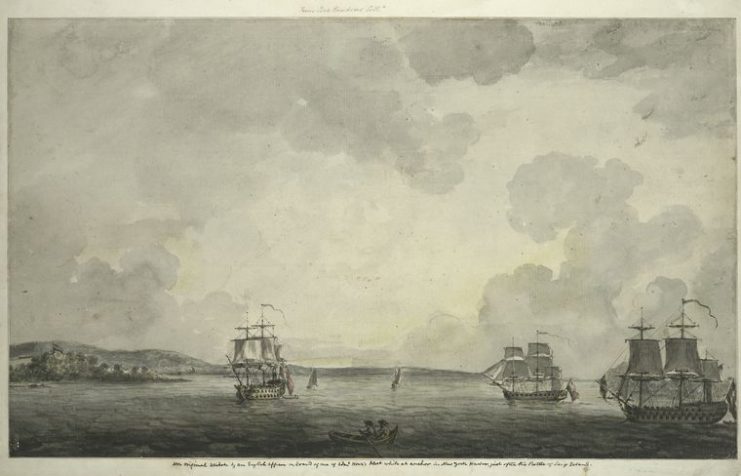
The remaining soldiers of the Continental Army regrouped at the Brooklyn fortifications where they expected the British to make a final attack and finish the job. But General Howe, proving to be a cautious commander, chose to regroup his own forces before pursuing the rebels.
This decision allowed Washington the opportunity he needed to make a daring evacuation from Long Island to Manhattan, saving the Continental Army and America’s fight for independence.
